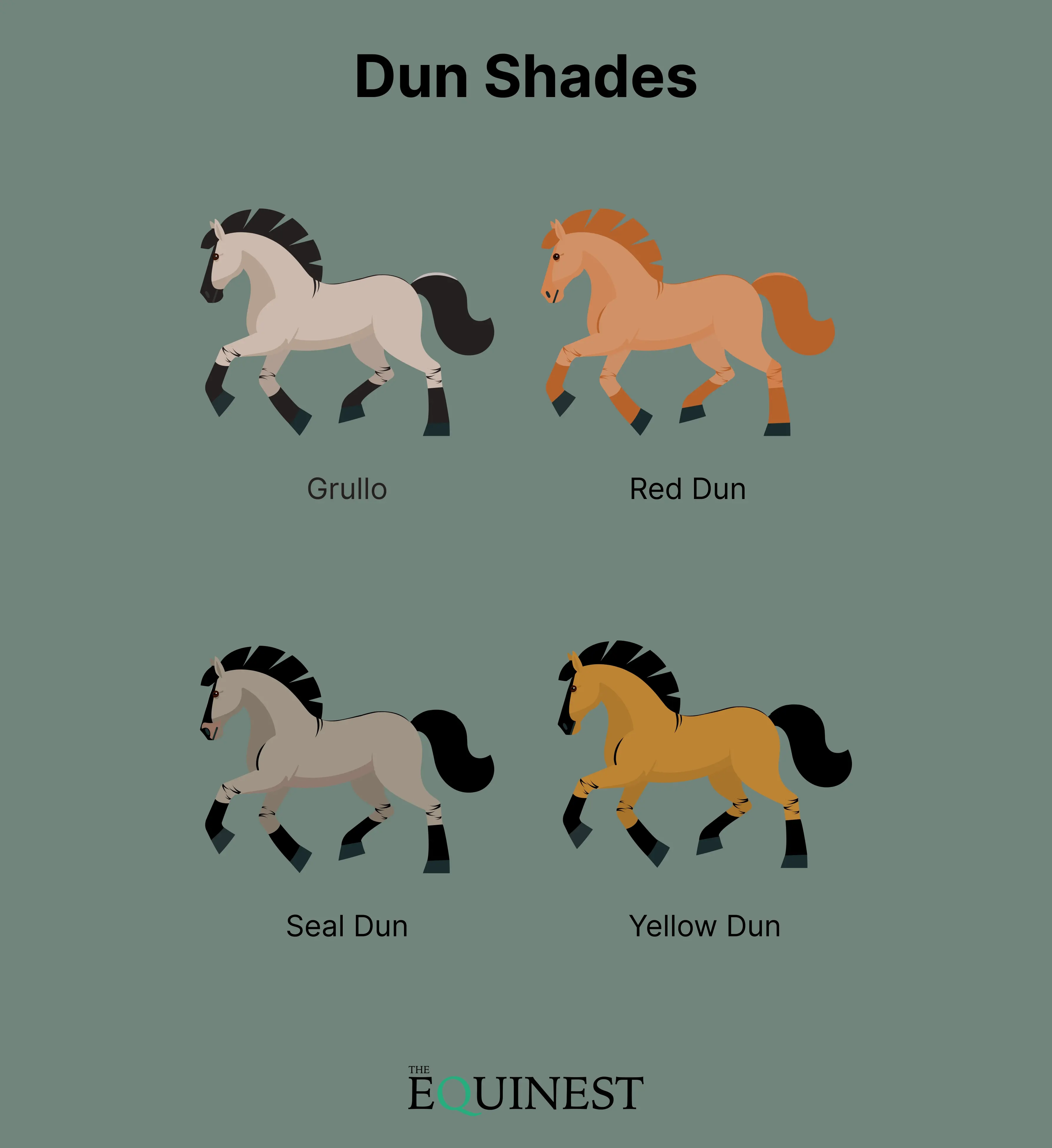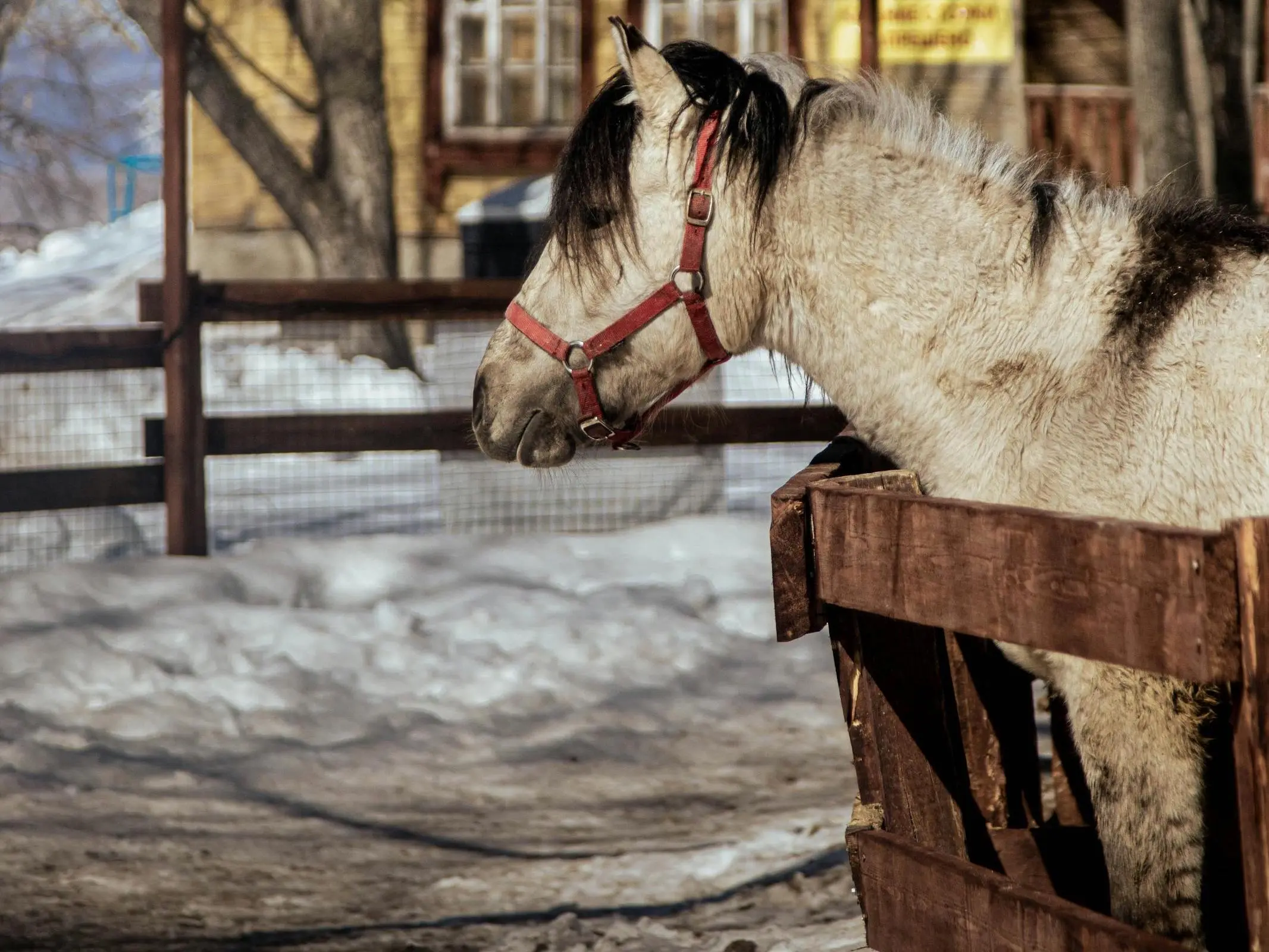
Legend says that dun animals are hardier than the rest and while it’s not necessarily true, there could be a tiny grain of fact behind it. This coloration may have ancient roots.
Updated Colors
We’ve been giving our colors section a major overhaul, to make the information more accurate and provide better images. Equine color genetics are incredibly complex and some of it still remains a mystery, even for geneticists. We think that is part of the fun.
Legendary Dun
While duns may not be specifically more robust than other colors, most donkey and ‘wild’ horse breeds have dun characteristics, so perhaps it is ancestral coloring. This could lend a bit a credence to the mythology, or at least be a possible source. Dun can be found on all of the base colors and a variety of horse breeds. Interestingly the dilution works by concentrating pigment granules on one side of the hair, causing the other side to be translucent. The result is a base color diluted by roughly 50% with points left dark.
The Characteristics
Dun is perhaps the most interesting coloration when it comes to details. The striping associated with this dilution are the closest to zebras in the horse world (donkeys generally display more obvious versions of dun characteristics) lending credence to the idea that it’s an ancestral coloring. There are at least six dark shading types found with this dilution, displayed in varying degrees based on location, breed and animal. If there is one constant when it comes to visually identifying a dun (and one of the reasons we love them so) it’s their dorsal stripe. All duns have them and they are generally very obvious (other colorations can carry dorsal countershading).
The Range
Given it affects all base colors, dun has quite a large range of shades, especially as the dilution itself has a range of coloration. Below are examples of how the dilution affects the four base colors.
Dun Breeds
This dilution is commonly found in many breeds, however there are some that would be utterly naked without their signature dun coat. Interestingly, Arabian and Thoroughbred breeds do not carry this dilution. Although both breeds are used to improve a large number of others, so it would not be that odd to see a dun with Arabian or Thoroughbred characteristics.
Colorful World
The world of horse colors is truly a spectacular one and we will continue to share updated color (and breed) pages, with all of their spectacular images. We’ve been working on some quick color cheat sheets for all of the horse color lovers out there. Click the image below for a larger version.
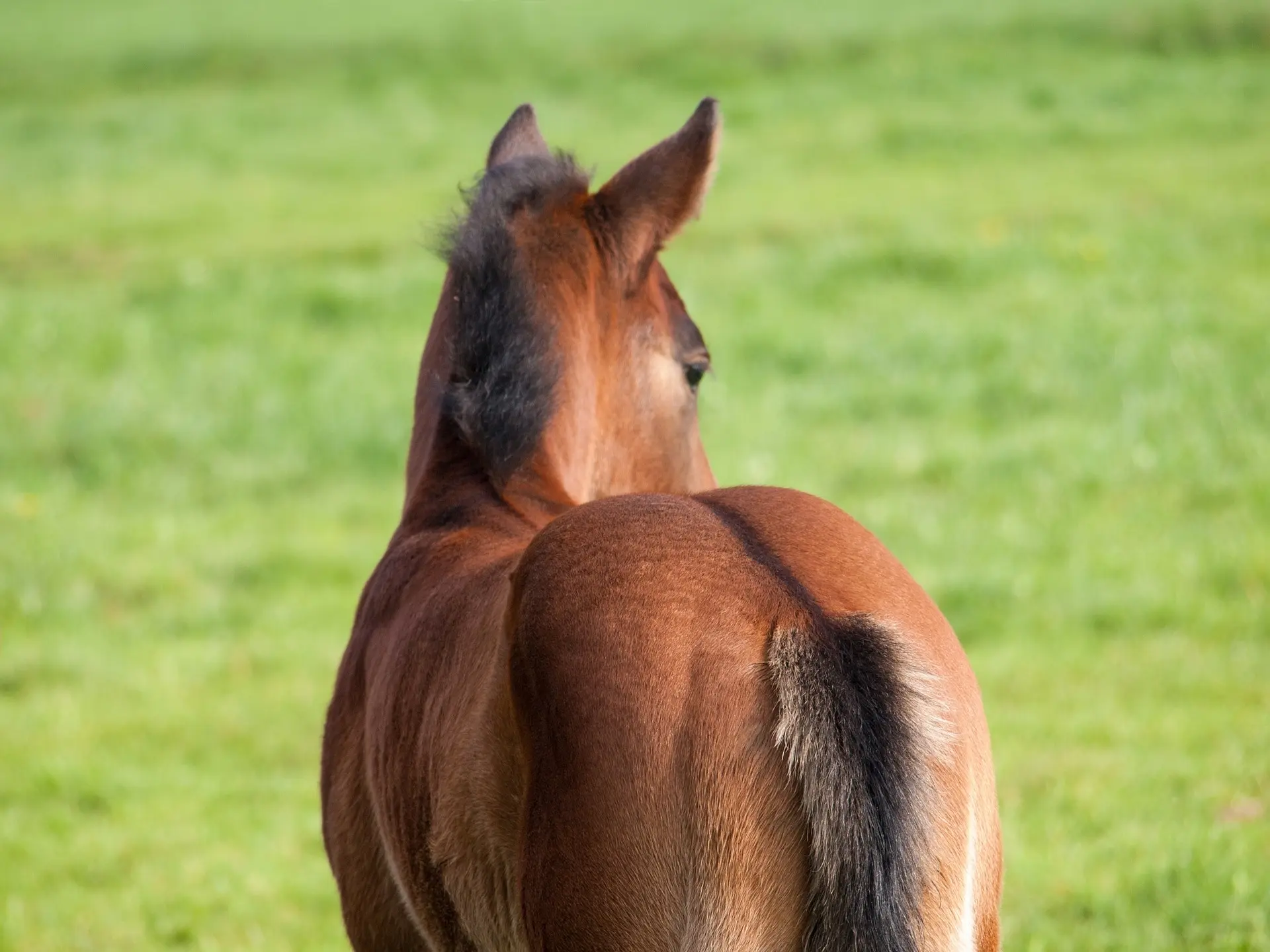 Dorsal Stripe
Dorsal Stripe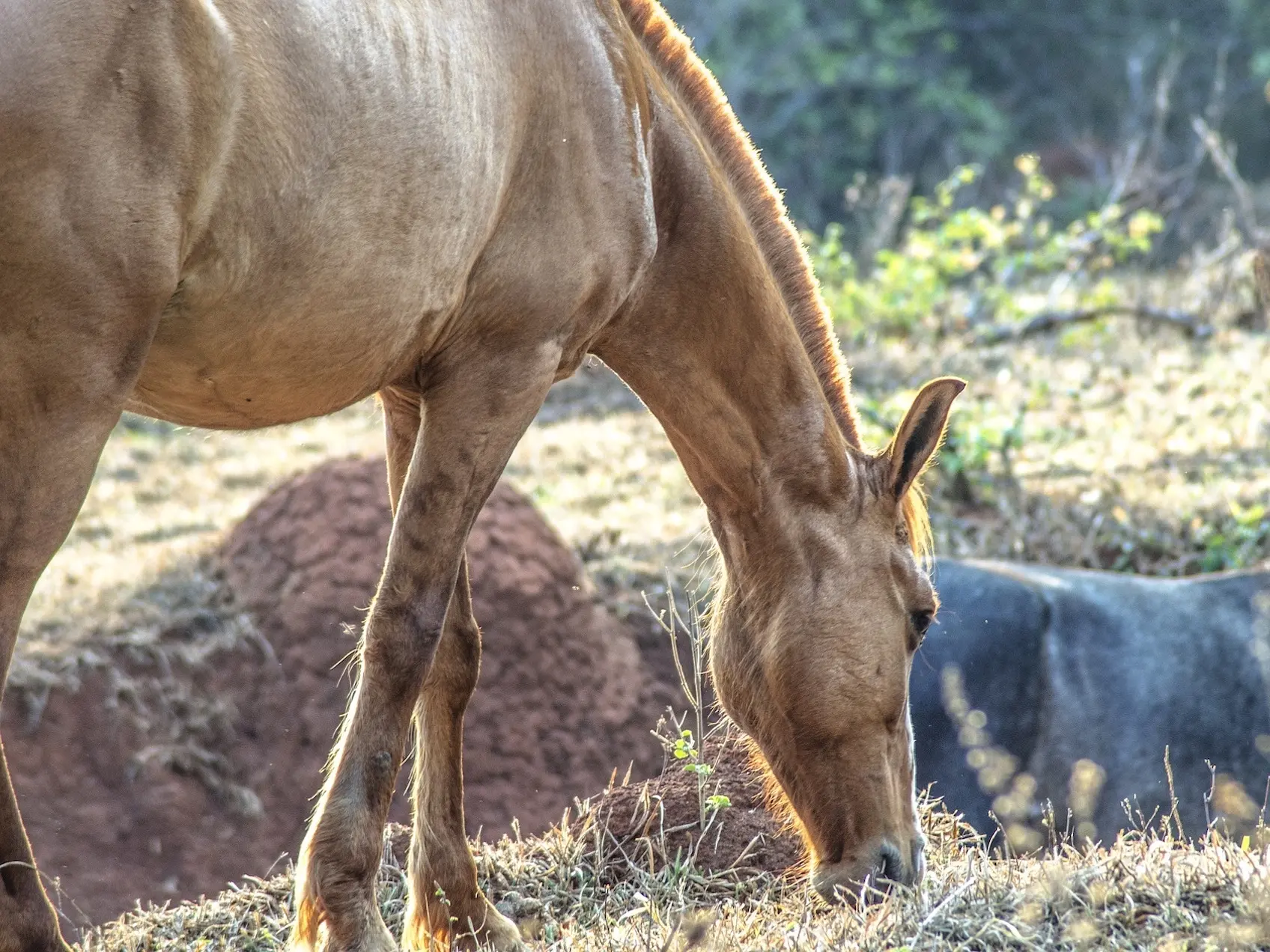 Leg Zebra Striping
Leg Zebra Striping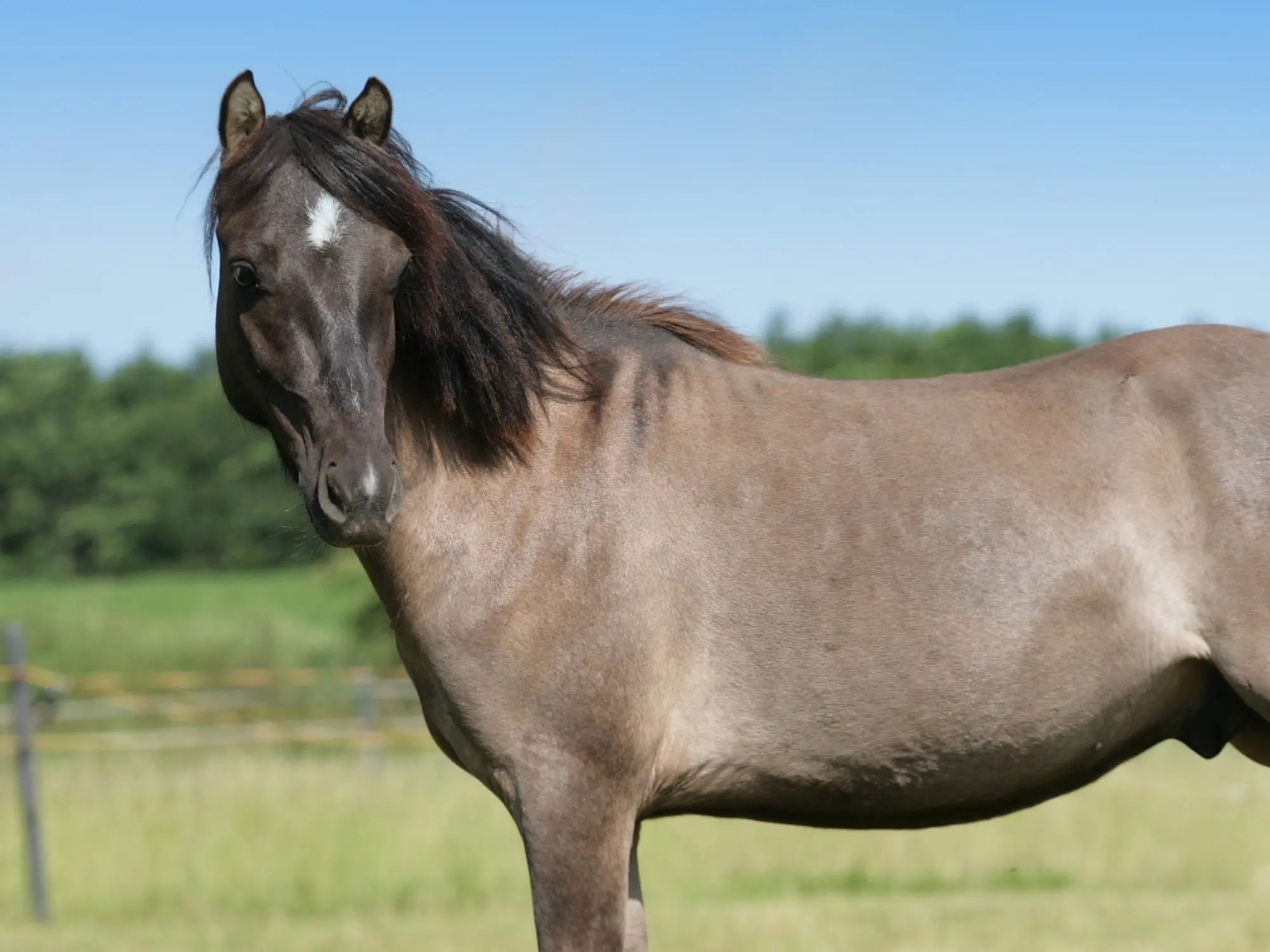 Shoulder Stripe
Shoulder Stripe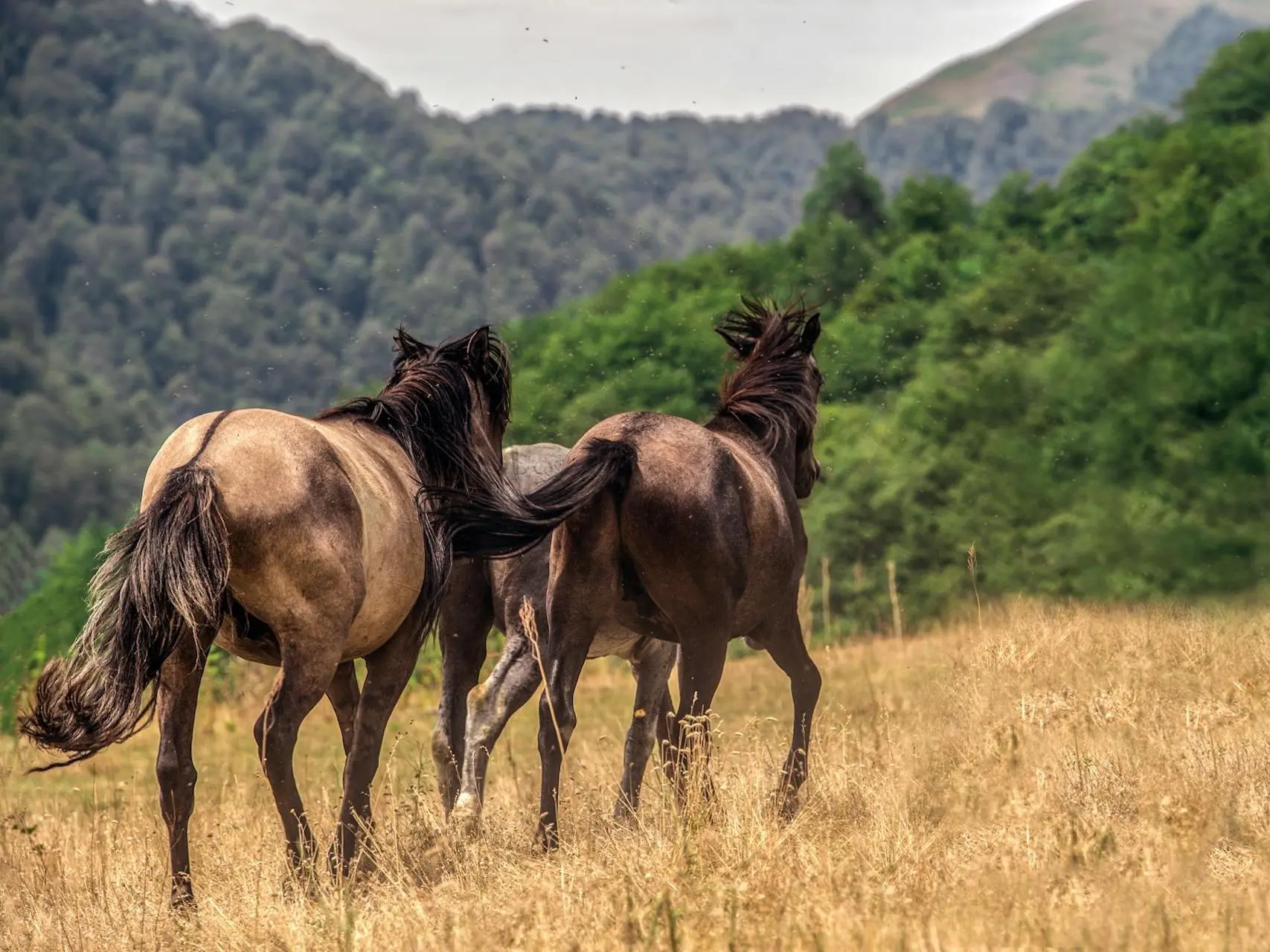 Webbing
Webbing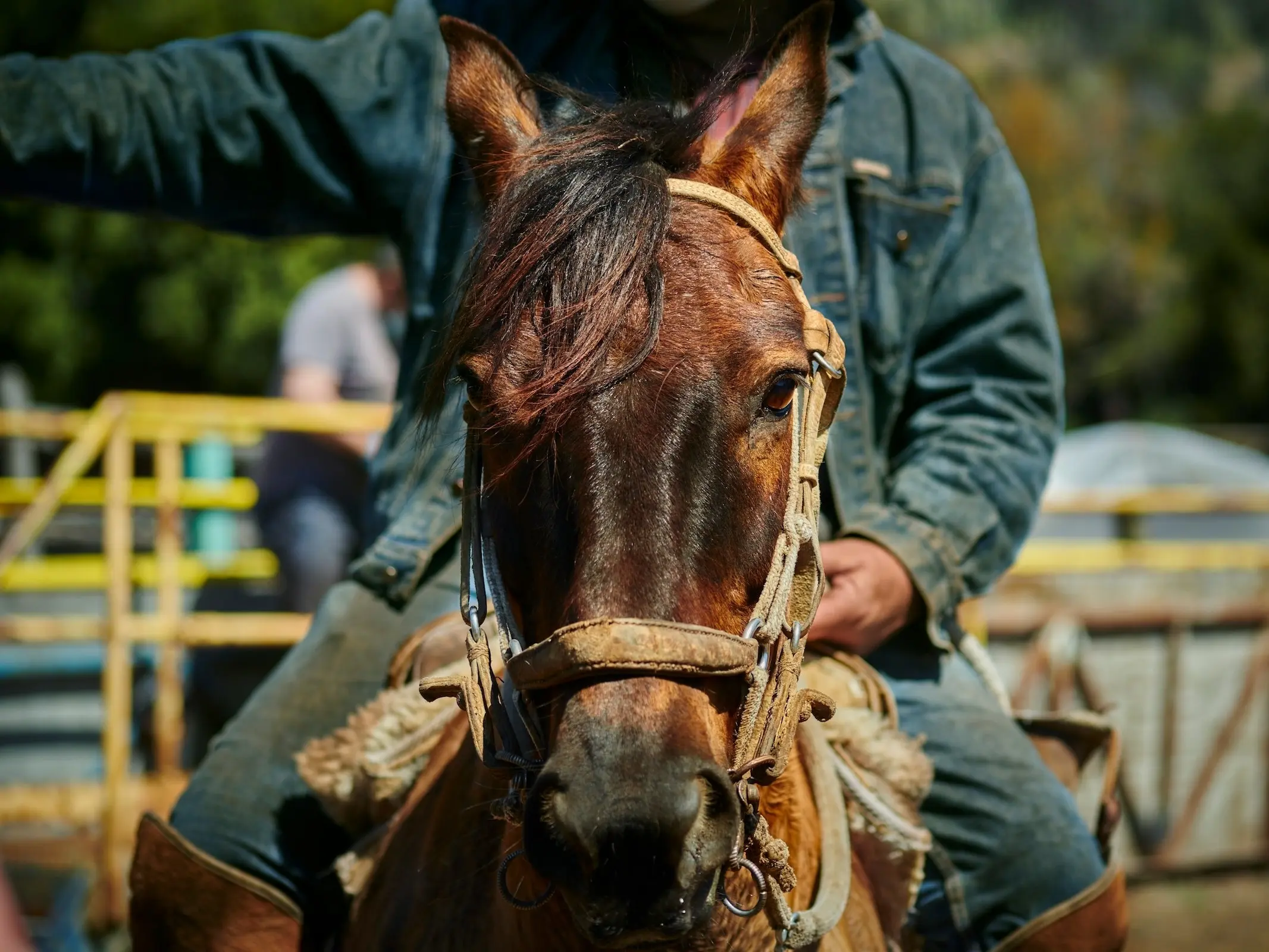 Face Mask
Face Mask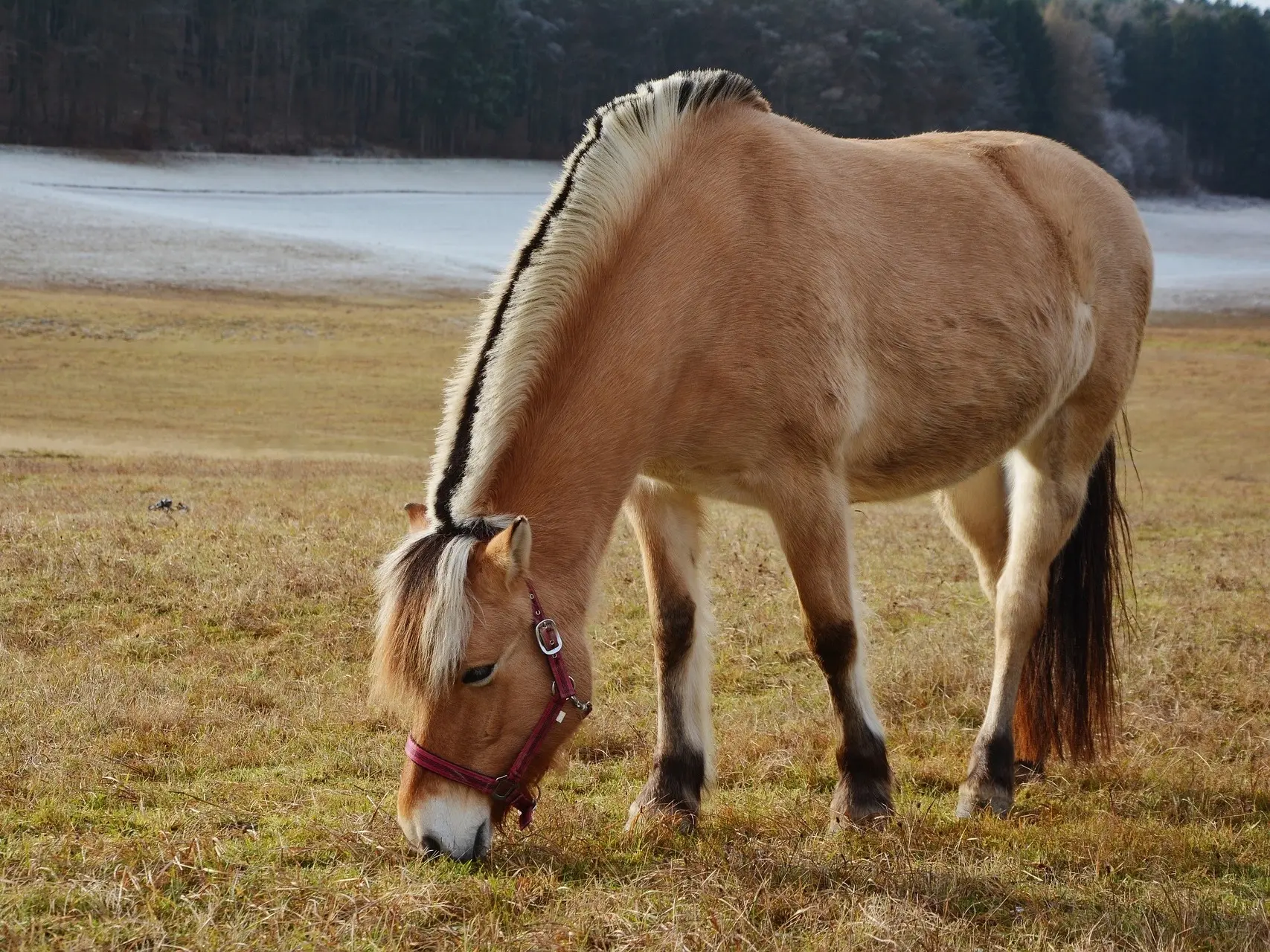 Sandwich Mane
Sandwich Mane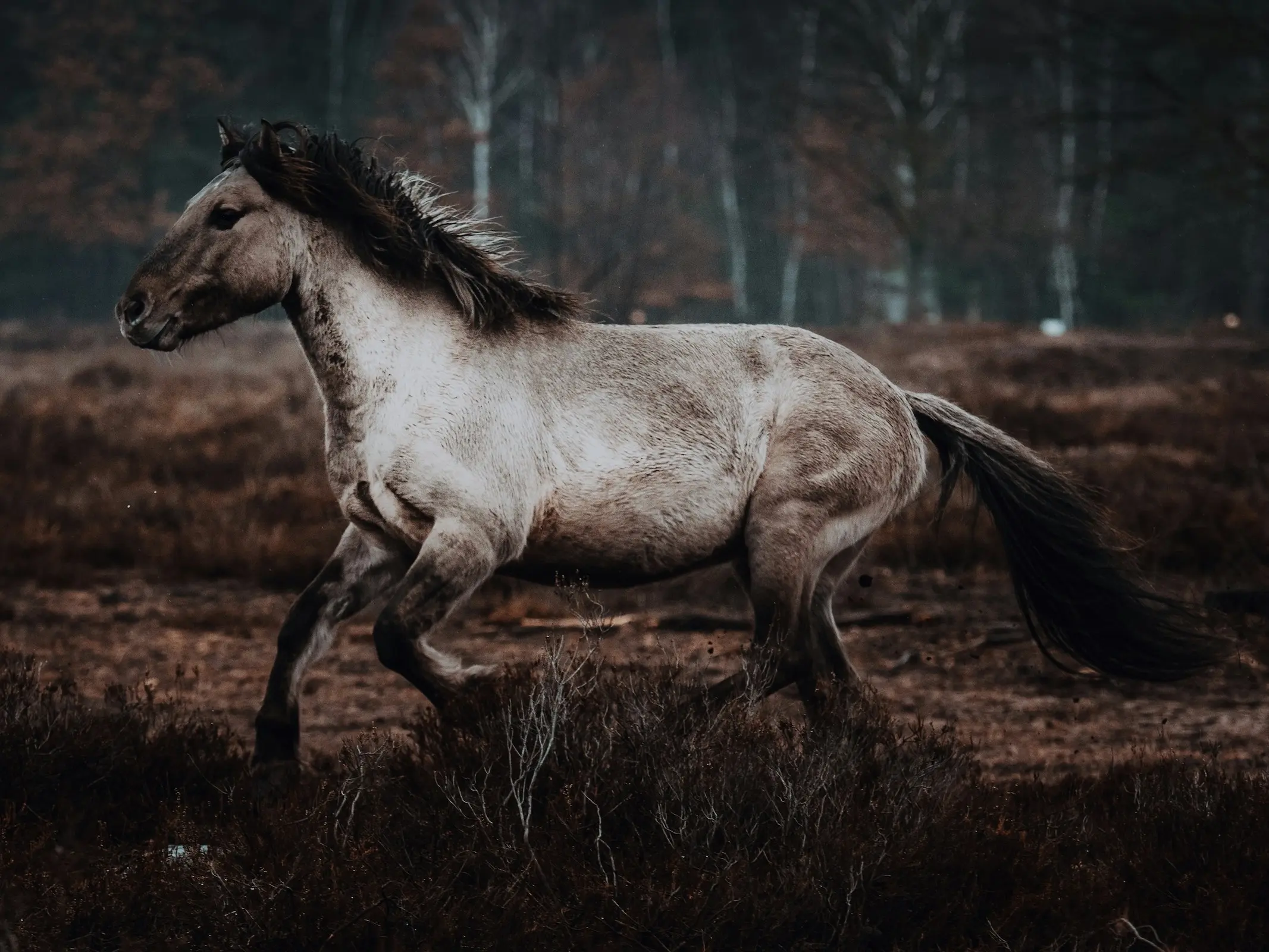 Black
Black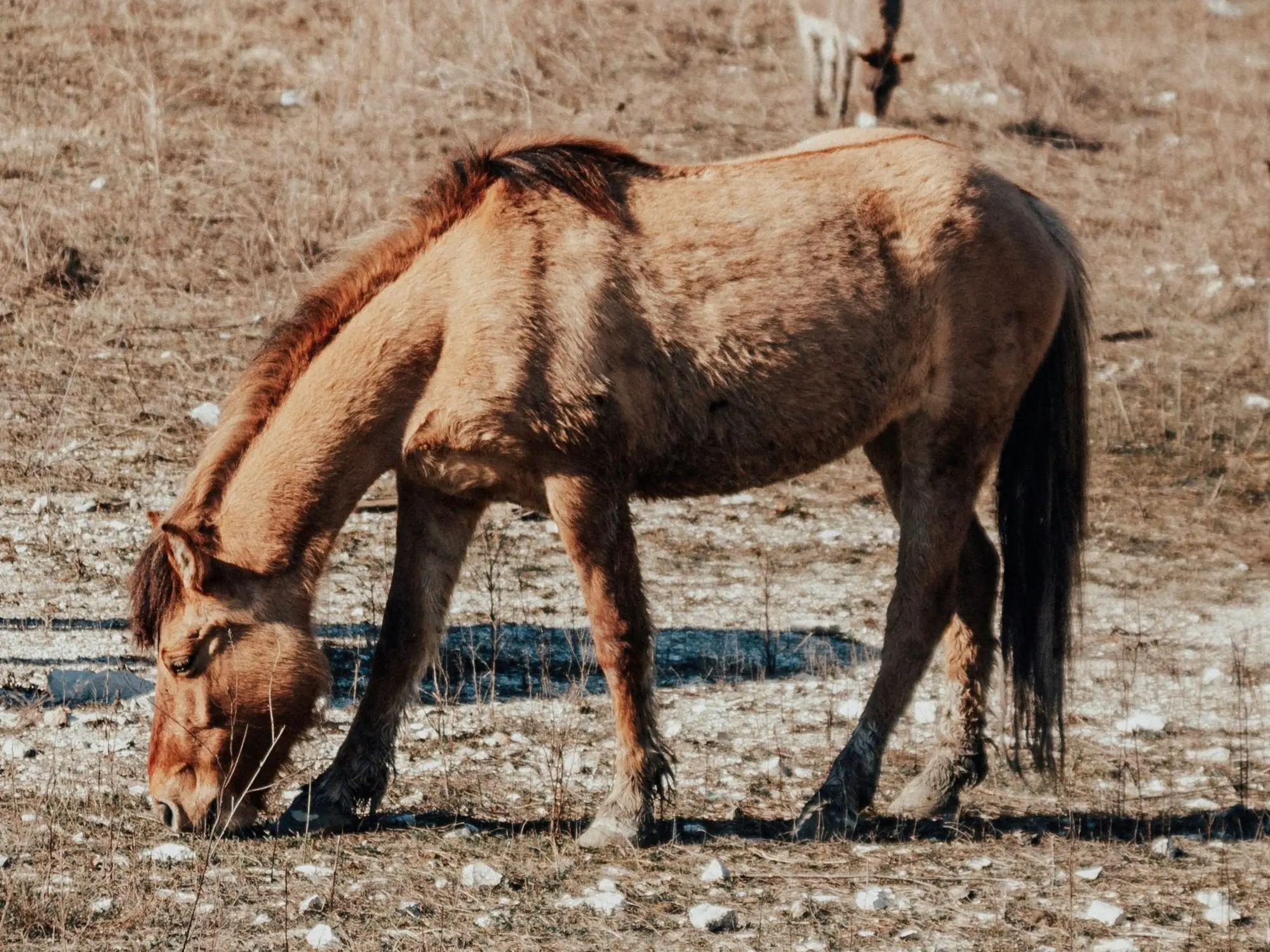 Chestnut
Chestnut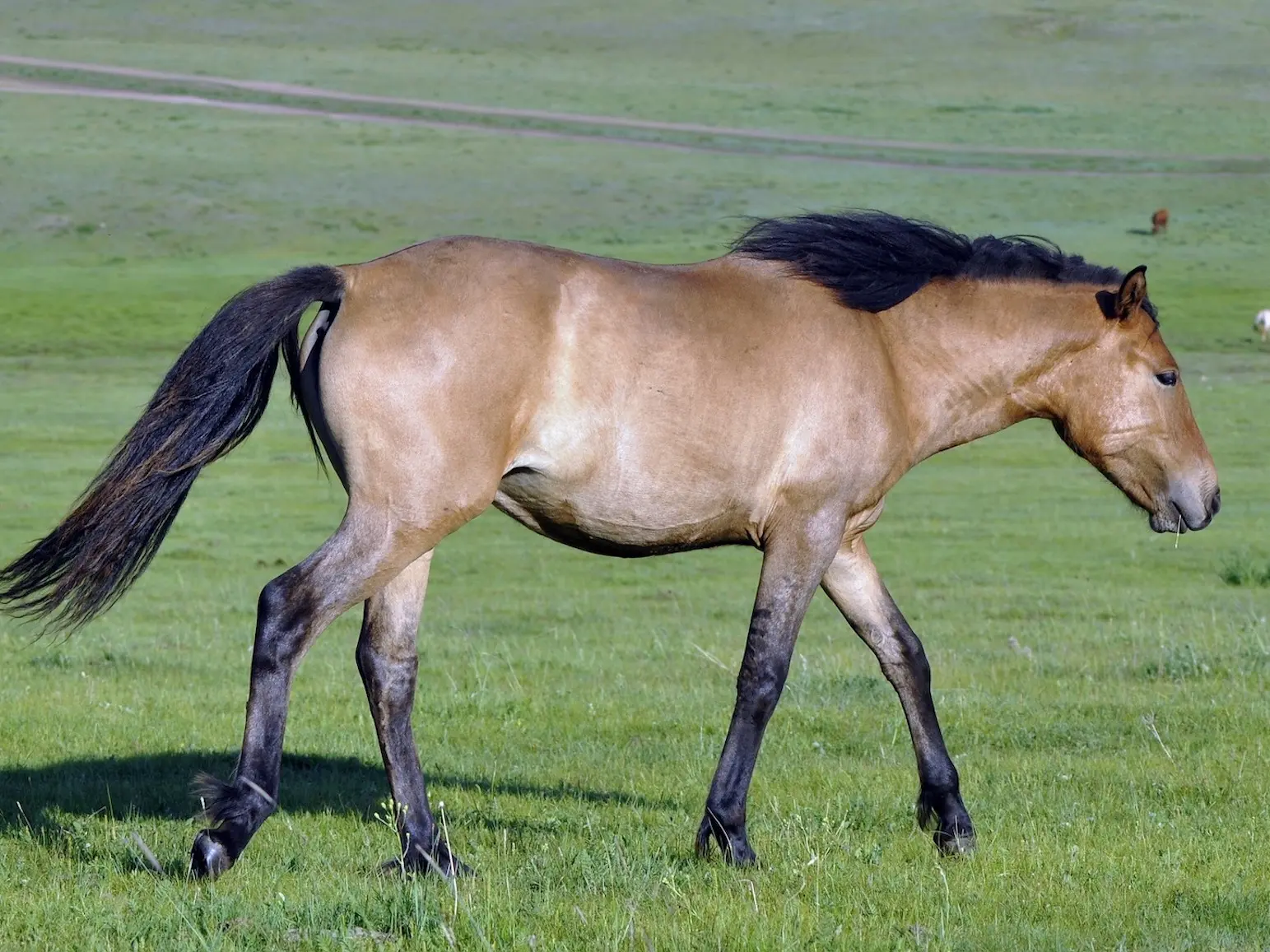 Bay
Bay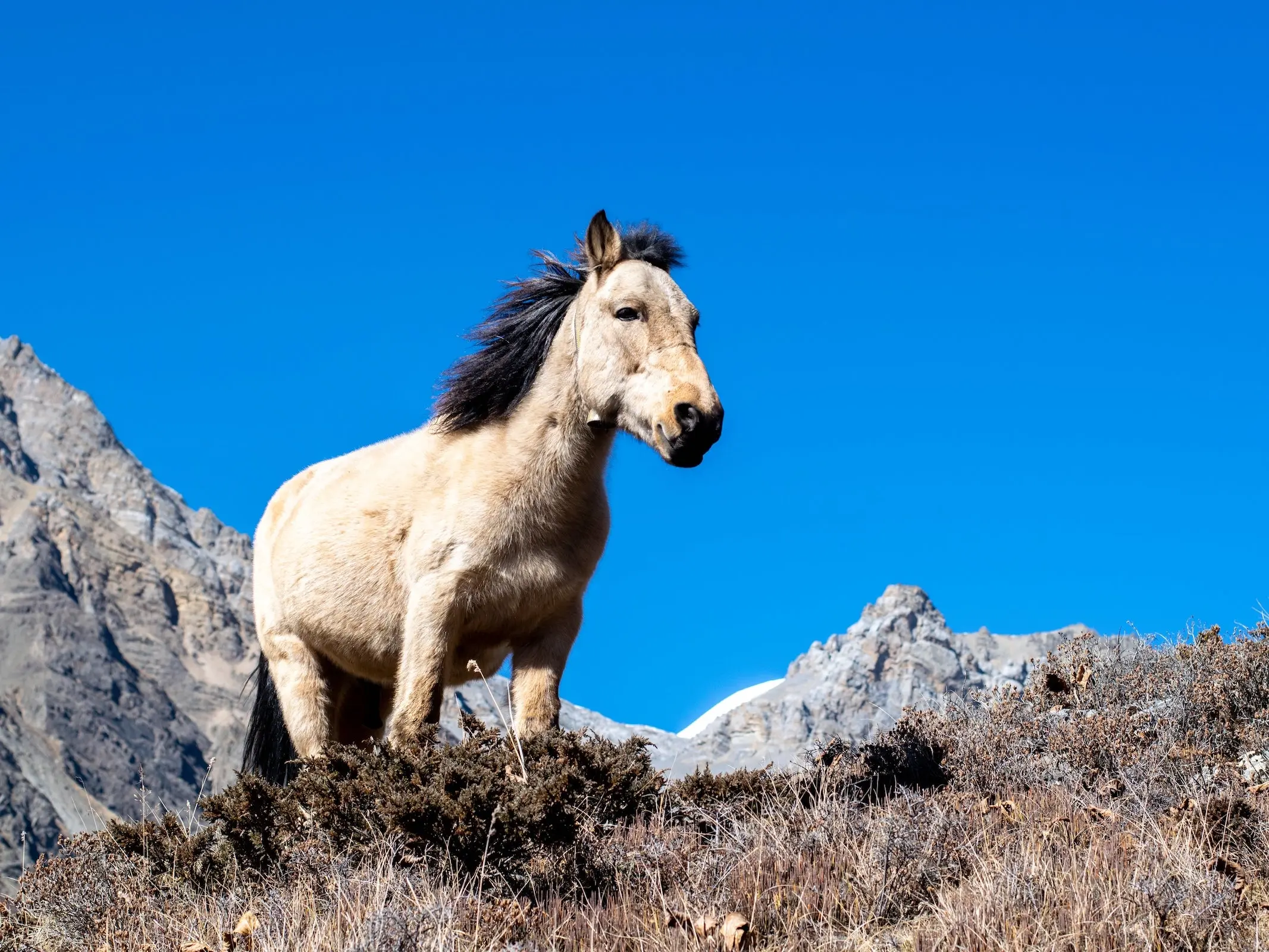 Brown
Brown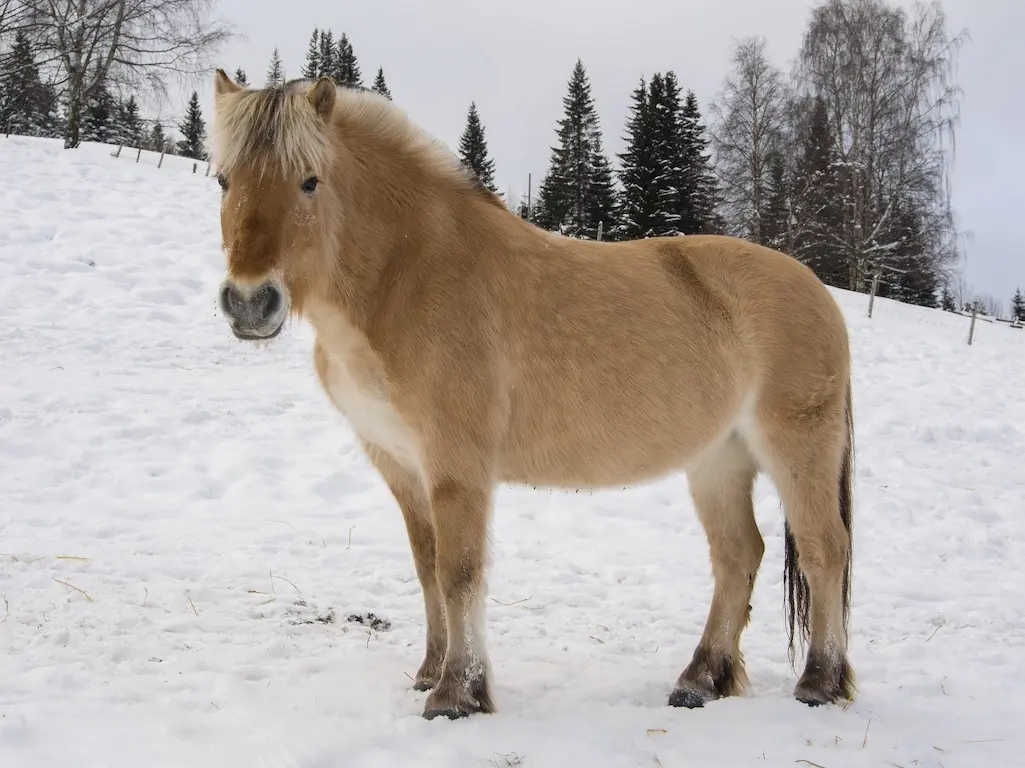 Norwegian Fjord Horse
Norwegian Fjord Horse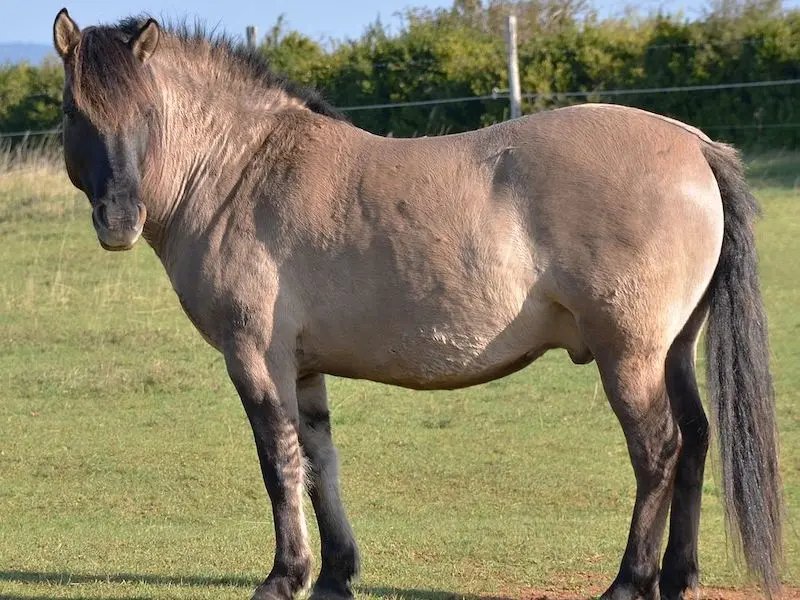 Polish Konik
Polish Konik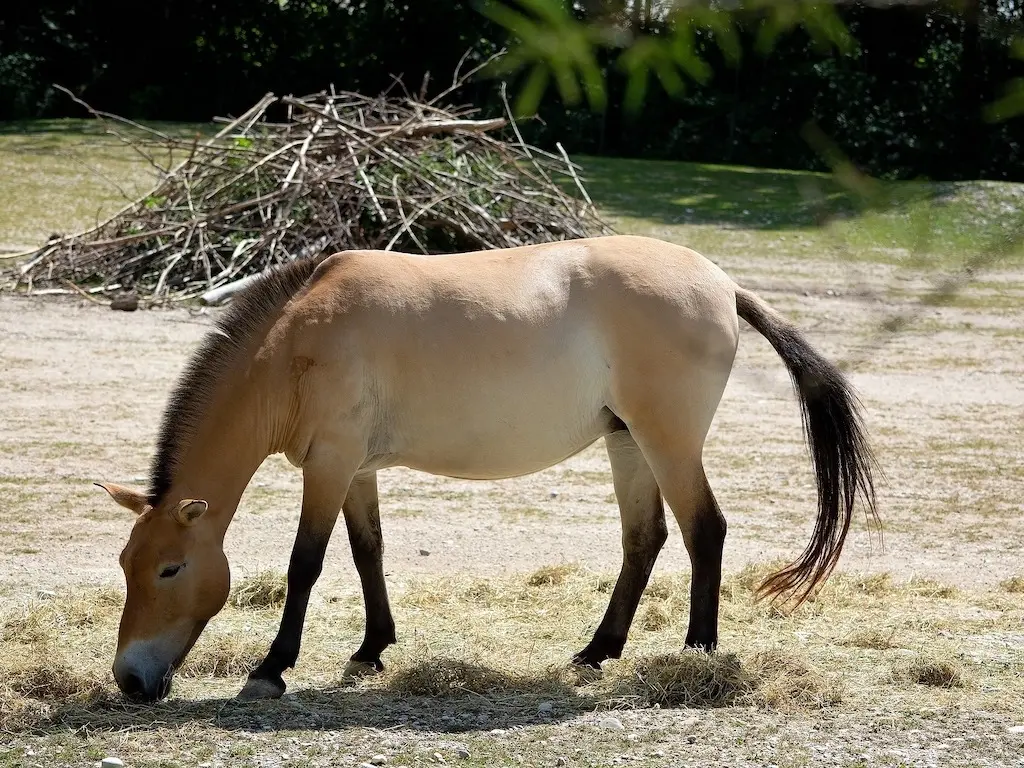 Przewalski’s Horse
Przewalski’s Horse